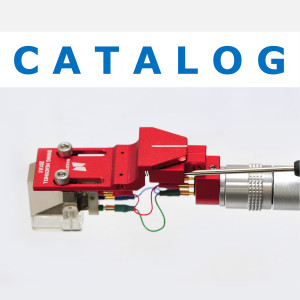But tracking angle alignment requires two adjustments: overhang (forward/backward in headshell) and zenith angle (vertical rotational angle). How does the overhang caliper help with zenith angle? Do you just square the cartridge body in the headshell?Alignment is another big point to Technics that normally nobody talks about it. The tip in the stylus at 52mm from the back rubber in the removable headshell ... that's all.
The perfect alignment only with a caliper ... Japanese efficiency and simplicity.
What alignment method does the Technics gauge use (Baerwald, Stevenson, DIN, Loefgren, none of the above)?


